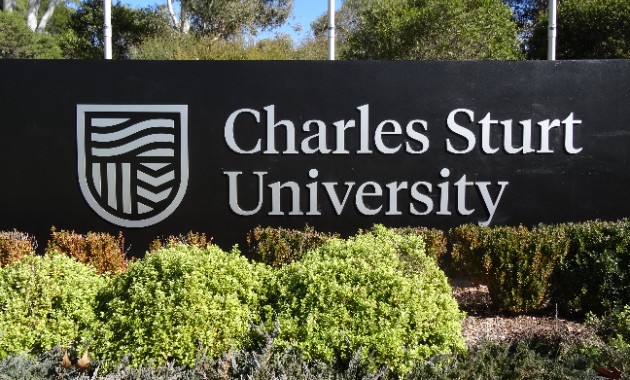A Charles Sturt University student laying the groundwork for a national criminal DNA database will present her research findings to an international conference on forensic sciences in Adelaide next week.
An honours degree student from CSU’s School of Biomedical Sciences, Jane Hooper is working with Australian Federal Police in Canberra to help refine one of the world’s most powerful forensic tests - a genetic test that can positively distinguish each individual from every other human on this planet.
Supervised by Police Forensic Laboratory Manager, Dr Julie Sutton, and CSU biomedical sciences lecturer, Dr Paul Roffey, Ms Hooper is refining and partially validating the latest DNA-based testing procedure, which is heralded as a powerful new weapon against crime.
“Forensic laboratories around Australia agree this test will become the foundation for the national Criminal DNA Database planned for Australia and New Zealand in the next few years,” Dr Roffey said.
“Crime investigation doesn’t stop at State borders. Standardising forensic tests across Australia will improve the ability of investigators to track criminals across the nation. Most forensic laboratories world-wide are looking at this test, with the aim of standardising procedures so we can exchange genetic profiles through Interpol (the international crime fighting agency),” he said.
The DNA test examines the genetic blueprint carried in all the cells of all individuals. “A bloodstain the size of a pin head or a single hair can provide enough DNA to identify the source of the material, whether the individual be the culprit, victim, associate or an innocent bystander. This makes it possible to identify individuals from the minute traces of biological materials they leave behind at the crime scene.”
Dr Roffey said the only exception to the rule would probably be identical twins who carried the same genetic blueprint. The original test was marketed by American biotechnology company Perkin-Elmer Applied Biosystems, and had been available since last August. However, it could not be used by agencies such as the AFP until it was refined and extensively tested.
Ms Hooper will present her findings at the 14th Australian and New Zealand International Conference on the Forensic Sciences in Adelaide next week. It is expected that the test will be available for routine forensic work by the Australian Federal Police early in 1999.





Social
Explore the world of social